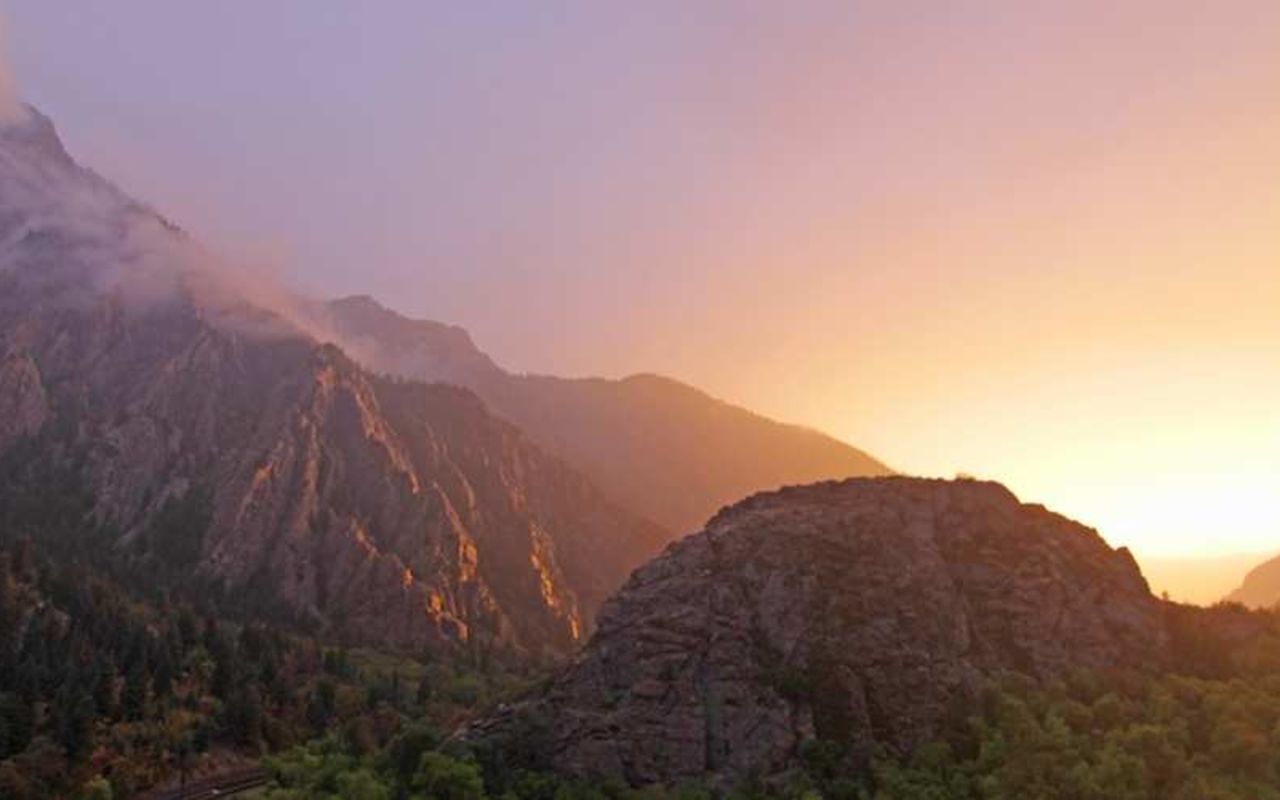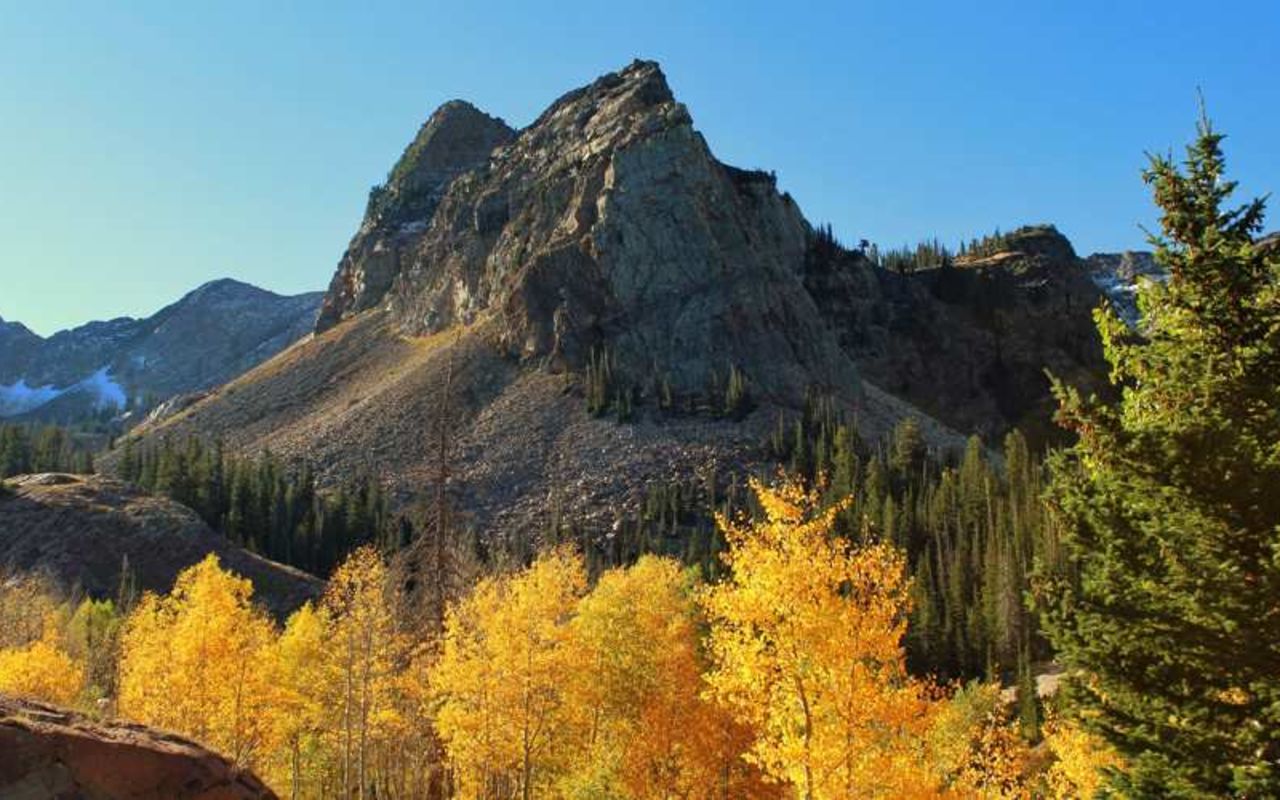Wilderness Study
In 1964 President Johnson approved the Wilderness Act which declared the Unites States' policy "to secure for the American people of present and future generations the benefits of an enduring resource of wilderness." In 1976, the Federal Land Policy and Management Act (FLPMA) authorized the Bureau of Land Management (BLM) to include wilderness within its framework of multiple use management.
Beginning in 1978, 22 million acres of BLM-administered Public Land in Utah were inventoried to identify areas meeting the basic criteria for wilderness characteristics. A total of 3.2 million acres of Public Lands in 83 areas of Utah met the criteria to become Wilderness Study Areas (WSA's). In the BLM's Moab District (encompassing Public Lands within Carbon, Emery, Grand, and San Juan counties), about 1.3 million acres in 38 areas were identified as WSAs. Included were 3 Instant Study Areas (ISAs) which automatically qualified for Wilderness Study because of their pre-FLPMA status as Primitive or Outstanding Natural Areas.
The WSAs discussed here meet the basic criteria for wilderness: they have at least 5,000 acres of federal land (or are large enough to be managed as wilderness), are in a generally natural condition, and have outstanding opportunities for solitude, or a primitive or unconfined type of recreation in at least part of the area. Most of the WSAs also contain ecological, geological, or other features of scientific, scenic, or historical value.
In most cases, the boundaries of the areas consist of roads or other man-made features. Sometimes the boundaries are formed by State or private property boundaries, rights-of-way, or topographical features. The BLM marks the boundaries of the WSAs at accessible use areas to inform the public of the special status of these lands. Please contact the BLM if you observe one of these boundary signs being vandalized.
WSA Management
The BLM is required to maintain the wilderness characteristics of each WSA until a final decision is made by Congress as to whether it becomes part of the National Wilderness Preservation System (NWPS) or is released for other uses. The general standard for this management is that the suitability of these lands for preservations as wilderness must not be impaired.
Some activities, such as vehicle use off existing travel routes and issuing new mineral leases, are no longer allowed, while others have specific restrictions. Valid existing rights are recognized, and grandfathered uses such as grazing and mineral uses are allowed but restricted to the same manner and degree as on the date FLPMA was approved.
Recreation Use
Most primitive recreation activities are allowed on lands under wilderness review. These include hiking and camping, backpacking, fishing and hunting, rock hounding, boating (with or without motors), horseback riding, and the use of pack animals.
Vehicles (including motorcycles, dune buggies, and all terrain vehicles) and mountain bikes may only travel on ways and trails which existed at the time of the 1980 wilderness inventory. (See the descriptions of the individual WSAs for more information.) Use off these routes threatens wilderness suitability and may result in complete closure of areas to vehicle use. Cross-country travel by vehicle or mountain bike is prohibited.
In some areas of the Moab District, the presence of fragile soils, crucial wildlife habitat, threatened and endangered plant species, primitive recreation opportunities, or high scenic quality have led to off-highway-vehicle (OHV) closures. These closed areas within WSA are discussed in more detail under the appropriate WSA description. Please respect these closures.
Outfitter services for primitive recreation activities such as guided river, hunting, horseback, rock climbing, and educational trips are available in many WSAs and are authorized by permit. No commercial motorized vehicle or mountain bike use is authorized within WSAs. Motorized rafts are permitted on river segments where motors have been used historically. Individuals interested in outfitted trips or in obtaining a permit to conduct commercial uses should contact the appropriate BLM office. Also see the Guides/Tour Operators section of this guide for a list of outfitters.
Wilderness Study | Photo Gallery


Wilderness Study